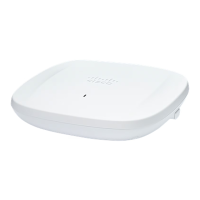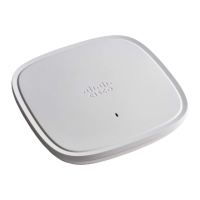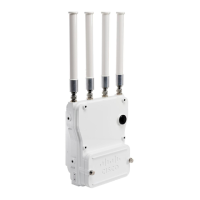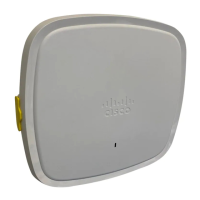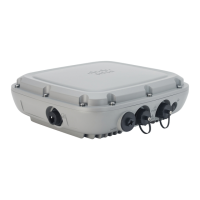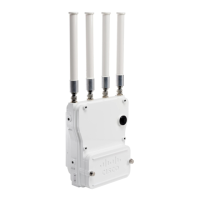CHAPTER 4
Deploying the Access Point
This section describes how to connect the AP to a controller. For instructions on how to configure the AP,
see the relevant release's Cisco Wireless Controller Configuration Guide.
• Controller Discovery Process, on page 39
• Deploying the Access Point in a Wireless Network, on page 40
• Checking the Access Point LEDs, on page 40
• Management Mode Migration, on page 42
Controller Discovery Process
The Cisco AP must join a controller to function as an AP and start serving clients. Cisco uses a process called
the controller discovery process to join a controller. The devices use Lightweight Access Point Protocol
(LWAPP) to communicate with each other. The AP can be associated to a controller regardless of the physical
location or logical location in the network. A new AP, out of the box, can be plugged in anywhere regardless
of the subnet. After it is plugged in, it locates the controller, receives the controller version of the software
image and configuration. After this is sent to the AP, it can start serving clients.
To support the CW9163E AP, the controller must be running Cisco IOS XE 17.13.1 or a later release. For
more information, see the Cisco Catalyst Wireless 9163E Series Outdoor Access Point Data Sheet.
Guidelines and Limitations
• You cannot edit or query any AP using the controller CLI if the AP's name contains a space.
• Make sure that the controller is set to the current time. If the controller is set to a time that has already
occurred, the AP might not join the controller because its certificate might not be valid for that time.
The controller must discover the AP before it can become an active part of the network. The AP supports the
following controller discovery processes:
• Locally stored controller IP address discovery: If the AP was previously joined to a controller, the primary,
secondary, and tertiary controllers' IP addresses are stored in the AP's non-volatile memory. This process
of storing controller IP addresses on an AP for later deployment is called priming the AP. For more
information about priming, see Performing a Preinstallation Configuration (Optional), on page 16.
• DHCP server discovery: This feature uses DHCP option 43 to provide the controller IP address to the
AP. Cisco switches support a DHCP server option that is typically used for this capability. For more
information about DHCP option 43, see Configuring DHCP Option 43, on page 55.
Cisco Catalyst Wireless 9163E Access Point Hardware Installation and Deployment Guide
39

